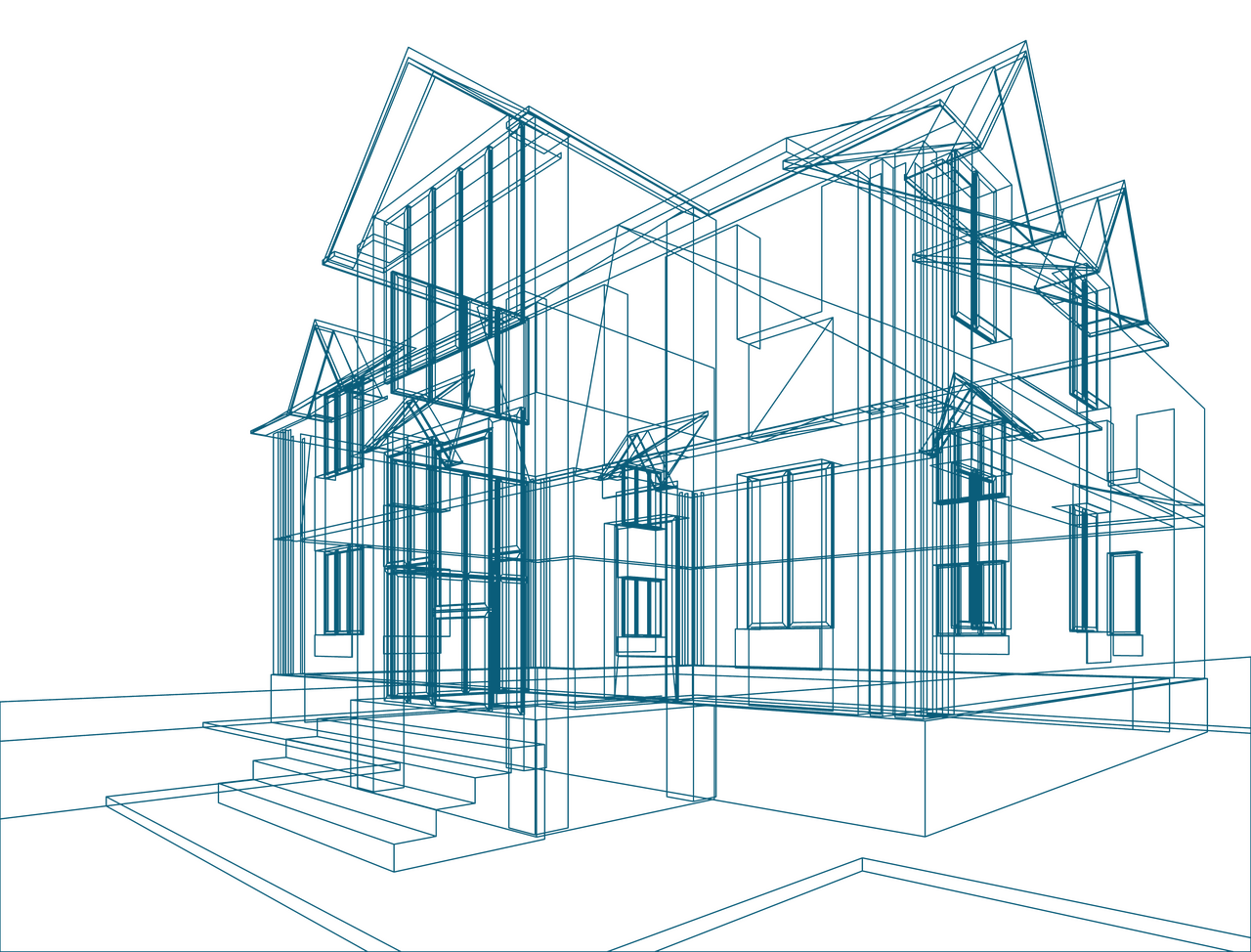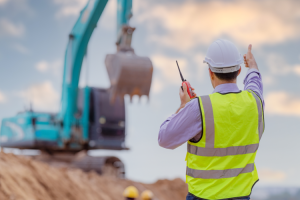

Market report
Architect's balance of tradition and innovation
Discover essential media orientation strategies for architects. Our report provides valuable resources to get insights of the evolving landscape of architecture and media.
Blogs I published 21 January 2025 I Dirk Hoogenboom
Media Orientation Among Architects
When it comes to sourcing professional information, construction, installation, and home renovation professionals lean heavily on tradition. Be it printed manuals, personal contacts, or trade events, these tried-and-true methods remain staples of the industry, with little rush – if any at all – to adopt new approaches. Among these groups, however, one consistently stands out: architects.
Within a traditionally grounded industry, architects are typically dynamic and open-minded. While they value established practices, they’re far likelier to embrace innovation, steadily leading the way in adopting digital tools, online platforms and modern workflows. This willingness to evolve highlights their pivotal role in driving change across the broader field of professional information sourcing.
That’s why we’re looking into architect orientation; we’ll go over how architects balance tradition and innovation, and why their forward-thinking approach speaks volumes about the direction the industry is heading in.

The Starting Point – Internet
Without a doubt – across Europe – the internet is the most important tool for architects. It’s fast, flexible, and rich in resources, making it the obvious choice for identifying essential professional information. The specific uses of the internet vary slightly by country, but the trend is clear: it’s the first stop for nearly everything.
What Architects Search For?
From navigating complex regulations to staying inspired by the latest trends, online has become the benchmark for an architect’s day-to-day. Here’s a closer look at the focus areas.
Laws, Regulations and Standards
For architects in Germany, Italy and the UK, the internet is a go-to resource for understanding legal and regulatory requirements for projects, to ensure their designs meet strict codes and standards.
Technical and Product Information
In Belgium and France, architects use the internet to find detailed technical data about products and systems, so their work integrates the latest materials and solutions into their process. Dedicated manufacturer platforms tailored for architects rank highly for technical insights in Germany.
Inspiration and Trends
Social media, professional forums and platforms, or dedicated portals help architects stay up-to-date with industry trends. Countries like Spain and Italy see a growing influence of visual platforms like Instagram, TikTok and Pinterest for sourcing creative ideas, while Poland relies on professional journals and magazines for secondary sources.
Manufacturer Websites: Reliable Hubs for Professionals
When European architects look beyond search engines, manufacturer websites consistently show up as a key resource. These platforms combine technical depth and easy online access, making them invaluable for professionals.
Looking at Belgium or Spain, these sites are the second most-used source, used as both a way of staying in the loop with innovations and breakthroughs, as well as for acquiring comprehensive product data. In Germany, we’re seeing a lot of support; specialized manufacturer platforms dedicated to architects to further enhance their experience, streamlining the search for tailored solutions.
Whether it’s for material specifications or inspiration for innovative applications, these platforms are a trusted source of reliable information.
Social Media – Building Connections
As far as the industry’s concerned, social media became a way to stay connected and to keep up with the latest trends. In fact, 77% of architects use at least one social media platform for professional purposes, spending an average of 2.5 hours per week on these platforms. And not for a scrolling session – for networking. We’re noticing a steady uptick in popularity for platforms like LinkedIn, Instagram, even YouTube, as they allow professionals to get in touch with clients or peers, showcase their work and learn about new trends.
In the UK and Belgium, for example, Instagram stands out both as an important tool in inspiration-seeking inspiration and as a platform to visually highlight projects. For the UK, YouTube is emerging as a valuable educational tool, where architects watch tutorials, case studies and expert content to refine their craft. French and Dutch architects rely on business channels like LinkedIn for building professional relationships and expanding networks, while in Italy we see TikTok and Pinterest gaining traction for creative exploration.
Traditional Media: In-Depth and Trusted
As we’ve seen, the construction and architecture industries can be pretty conservative and slow to change. This holds especially true when it comes to the ongoing value of printed journals, magazines and brochures, which continue to be important sources of information for many professionals. Digital media dominates, but professionals still clearly rely and depend on printed resources.
Polish and French architects look to professional journals and magazines for laws, regulations and technical details. Magazines remain a key resource for dependable guidance on complex regulatory frameworks in Italy, while printed brochures and technical manuals come particularly handy for architects deep in the project development process, where precise, detailed information is critical.
The Human Connection
Despite the growing role of digital platforms, professionals will still often turn to personal contacts for insights that only a human touch can provide. Sales representatives, professional colleagues and peers remain a vital part of the information-gathering process. In Italy and Belgium, we see that manufacturer representatives provide essential advice, bridging gaps that online searches may not address. In German, architects often collaborate with professional colleagues, sharing knowledge and troubleshooting complex challenges together.
The Return of Trade Shows
This format was significantly impacted by the pandemic, but is now – as it turns out – bouncing back as a vital industry mechanic. Countries like Italy, Spain and the Netherlands are seeing a growing interest in trade shows and events, underscoring their importance in maintaining industry connections and keeping up with market trends.
However, attendance trends have shifted: larger teams are now less common, meaning that we see more high-level professionals increasingly attending to connect with manufacturers and explore innovations.

What’s Next?
As the industry continues to develop, architects are leading the way by blending digital tools with traditional methods. While online has already taken the spotlight, the real question is how long until the rest of the industry embraces the change. The shift is happening, but it’s a gradual process, and staying ahead means adapting to new tools and approaches.
Want a closer look into these trends to stay ahead of the curve? Check out our blogs, webinars and in-depth reports to get the latest insights for your next project.
Construction Consulting Services for You
We provide tailor-made market research and off-the-shelf reports, both B2B & B2C, qualitative and quantitative. Here are some you might be interested in
Monitor and improve client relationships to drive loyalty and repeat business in construction.
Map out key interactions and pain points to refine the overall construction experience.
Identify the aspects of service or product that most impact satisfaction in construction projects.






